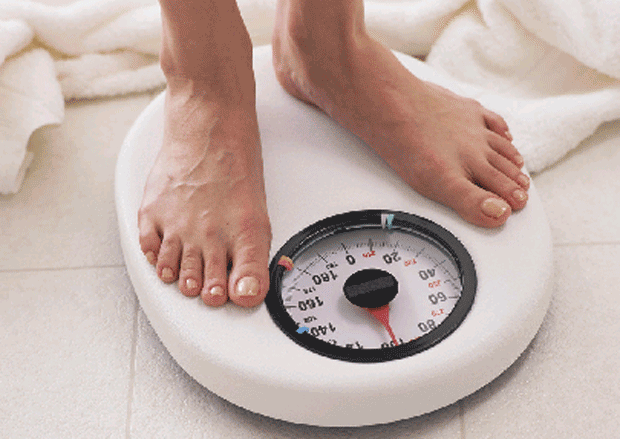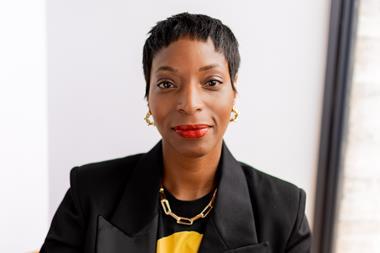Commodity inflation fuelled much of the rise in value for tea and coffee but we’re drinking more coffee at home, too
When Nestlé announces it’s prepared to spend £43m promoting its iconic coffee brand, you can be sure it’s confident about the future of the hot beverages category. Indeed, a cursory glance at category value growth paints a rosy picture. Tea sales rose 5.7% to £584.1m. Sales of instant coffee soared 9.1% to £648.7m.
Yet the sales figures are a slight red herring. A significant chunk of value growth – or indeed all of it in the case of tea – has been driven by commodity price inflation. The price of tea is at an all-time high, while the price of coffee hit its highest point for 11 years in October.
But the volume of tea sold this year fell 3.4% compared with a 4.2% increase for coffee, suggesting that the long-term trend for coffee sales displacing tea as the nation’s favourite brew has continued in the past 12 months.
Coffee sales have been bolstered by a consumer switch from out-of-home to the in-home market, according to Matt Hall, MD of Nestlé UK’s food and beverage division. Hall also credits coffee shop chains such as Starbucks and Costa with driving value in the in-home market.
“The out-of-home market has done a pretty good job of establishing the new, sexy coffees such as lattes and macchiatos. That whole culture has been built up in the out-of-home segment. What it’s done is allowed us to provide some more premium offers in the marketplace and that’s improved the value considerably.”
Nescafé’s own sales illustrate Hall’s point. While sales of Nescafé Original were static year-on-year, the more premium Gold Blend grew 17% in value. “Gold Blend is an iconic brand and has had a lot more promotional support,” he says. “Original has stabilised this year in terms of tonnage. The thing about Original is that if you’re positioned in the middle, your brand tends to get a little bit more flushed aside.”
The new ad campaign is anything but middle of the road, however. The ‘We capture coffee at its brightest’ creative is a mythical depiction of catching twinkly lights in a rainforest.
Hall admits Nescafé’s television advertisements needed to be updated to appeal to a new generation of coffee consumers. “We have had some good quality ads over the past 10 to 15 years, but we really wanted to have a master brand campaign. This is really likeable advertising. It’s not two people sitting around a kitchen table drinking coffee, it’s very different.”
Hall says there’s a whole generation of potential users that don’t know where soluble coffee comes from. “What you’ll see over the next 18 months is us constantly coming back to the quality credentials and the naturalness of our product.”
The quality message has also helped boost sales of Nescafé’s main rival. Kenco’s two core products, Smooth and Rich, increased 22.3% and 21.6% in value, while Carte Noir, also owned by Kraft Foods, grew 10.1% to £19.1m.
Kenco senior brand manager Malcolm Hett says he believes Kenco has an edge on quality and value for money over Nescafé, but adds that Kenco’s key point of difference is its ethical credentials.
“It’s safe to say sustainability is what we’re communicating as the key difference. We’ve long been associated with quality coffee, but that has less of a point of difference, so we are differentiating versus key competitors on the issue of sustainability and that’s working tremendously well.”
Kenco ran two ad campaigns this year; the first communicating its Rainforest Alliance certification and the second the launch of Eco Refills.
“The response so far to Eco Refills has been fantastic,” says Hett. “We’re doing exceedingly well compared with our expectations.”
Kate Waddell, MD consumer brands at branding agency Dragon Rouge, says Kenco has done an excellent job of getting its point of difference across in hard times. “There’s a win-win equation – the consumer gets a quality product from a reputed brand at a time when justifying paying a premium for brands has called for a strong proposition. On top of this, the consumer gets to feel better about buying the product, without compromising on taste.”
Over in the tea category, the top four brands all grew their value sales, but much of this growth was driven by price hikes. Sales of Unilever-owned PG Tips increased 8.5% to £137.2m. But when placed in the context of price rises of 10% to 15% across the range, as reported by The Grocer in May, the growth looks less robust.
Sales of Tetley round tea bags grew by just 1% while the Twinings speciality ranges increased by 4.4%. Undoubtedly the star performer among the leading teas was Yorksire Tea, boosted by some unlikely celebrity endorsements. Amy Winehouse and Noel Gallagher declared Yorkshire Tea as their brew of choice, helping drive an 18.5% jump in value sales to £39.7m.
“Yorkshire screams authenticity and a quality product to boot,” says Waddell. “There seems to be a strong Yorkshire taste profile and a lot of advocacy from drinkers to other tea drinkers, recommending Yorkshire as a ‘stronger, full-flavoured, real cup of tea’.”
Typhoo and ethical brands Clipper and Tea Direct recorded sales declines, down 4.8%, 9% and 23.5% respectively, while Tetley Redbush almost doubled sales to £2.5m, edging it ahead of the original Redbush brand, which launched the rooibos tea in the UK in 1997.
“Tetley is doing very well with the health agenda and its Redbush tea could be a top seller of the future,” predicts Richard Booth, senior negotiator at Bestway.
Top launch: Kenco Eco Refill, Kraft
Kenco underlined its commitment to sustainability with the launch of its Eco Refill pack in September. It features packaging that’s 97% lighter than Kenco’s glass jars. At £3.58, the 150g Eco Refills also represent better value than the 100g (rsp: £2.58) and 200g (rsp: £4.98) jars, says Kenco senior brand manager Malcolm Hett. “The response so far has been fantastic,” he adds. “I would expect refill packs to be an integral part of Kenco’s future.”
Top Products Survey 2009



















No comments yet